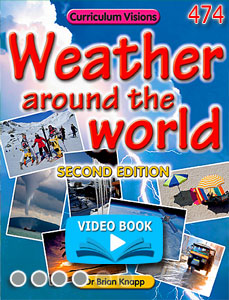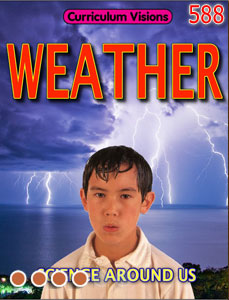Air contains a gas called water vapour. When the air is warm it can hold large amounts of water vapour. When the air is cold it can only hold small amounts of water vapour. During the day the air is warm. It takes up large amounts of water vapour as it evaporates from the surfaces of lakes, rivers and ponds. At night the ground cools down, and cools the air above it. Some of the water vapour cannot be held by the cold air. This surplus vapour condenses to water droplets on cold surfaces such as plant leaves, and we call this dew. But if the air cools further then droplets form in the air itself. If there are so many of them that we cannot see to the horizon as we would in clear air, but we can still see more than a kilometre, we call that mist.
Mist is especially common over rivers, lakes and canals because the air above them will have picked up a lot of water, and so there is a good chance that as the air cools, it will not be able to hold all of this moisture and it will turn into microscopic droplets - mist.







